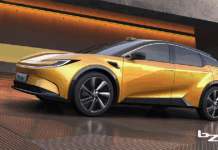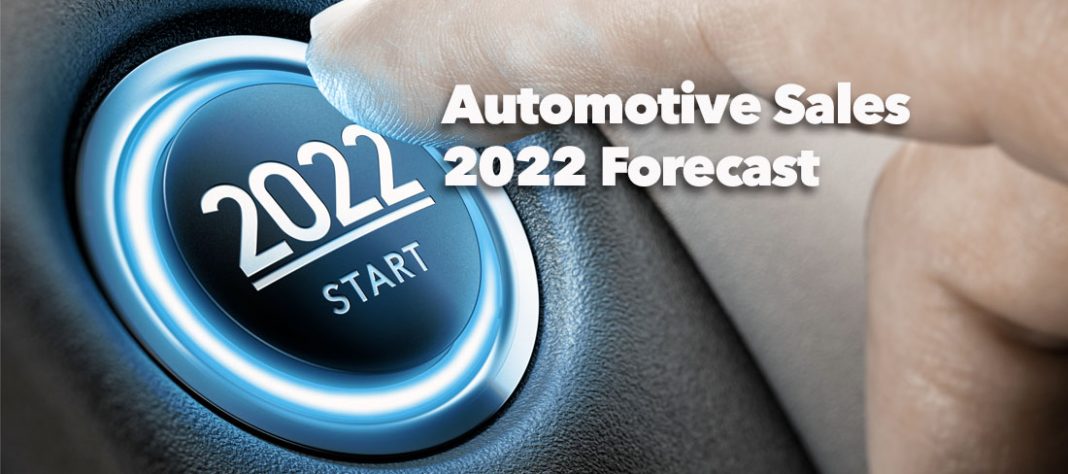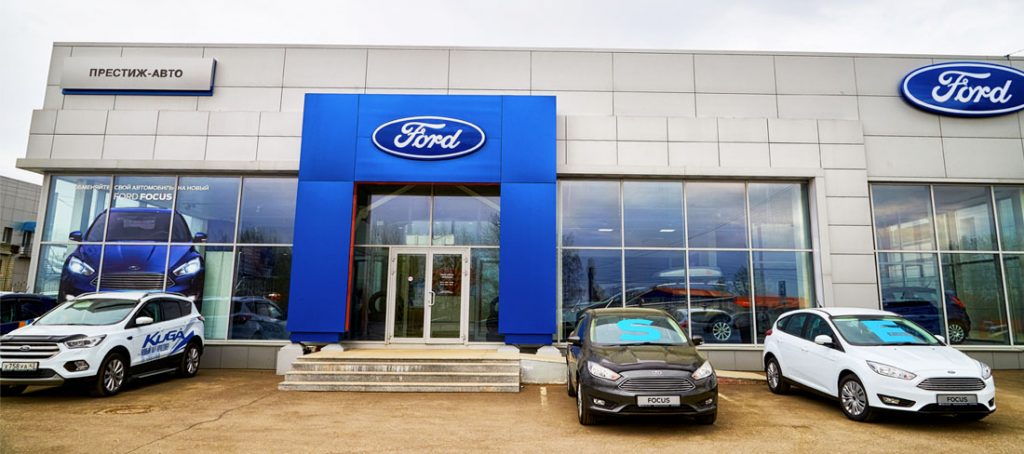2021: An Eventful Year. 2022: An Industry Rebuilds.
Each year, the MiamiCars.com editors take a look back at where we’ve recently been — and where we’re going. Unlike any period in recent history, 2021 has been challenging for the automotive industry.
Some brands have seen severe interruptions while others suffered only modest reductions in their year-over-year production — as disruptions to chip production continue to shake the automotive supply chain. But to be sure, no manufacturer is fully immune from the effects.
Up against a myriad of external factors challenging auto dealers’ abilities to sell new vehicles, market their dealerships and acquire pre-owned vehicles — dealers are struggling to stay a step ahead of the trends to achieve sustainable success no matter what lies ahead.
So what’s The big picture of the chip shortage, how it will impact automotive sales and what does 2022 look like?
The Chip Shortage Now Significant Losses in Q3
By the beginning of October, market observers estimated the automotive sector already lost a total of 7.4 million light vehicles – and that’s before Q4 was factored in. Production disruptions progressively worsened throughout 2021, growing from 1.44 million units in Q1 to 2.60 million in Q2 and to an estimated 3.40 million in Q3 – meaning the losses in Q3 were more than double that of Q1.
For the first half of the year, the primary cause of production delays were frontend supply shortages, new challenges emerged in the second half of the year related to backend processes. These backend disruptions were the most influential to the remainder of 2021 and are anticipated to extend well into 2022.
Certainly, some large OEMs have seen a fairly stable pattern to these disruptions, the impact on automakers has grown to be industry-wide. As of October, IHS Markit data shows brands like Ford, GM and Subaru have seen the biggest hit to their year-over-year production, while premium automakers like BMW and Volvo have experienced only relatively small losses. But by mid-month, North American production forecasts dipped slightly as chip shortages took a greater toll on production at Toyota and Honda than previously expected.
New Vehicle Sales
By the end of Q3, new vehicle inventory in the U.S. was just under a million units or approximately 24 days of supply according to NADA, representing a 65% decrease from the start of 2021. As supply chain disruptions have translated into shortages on the lot, new vehicle sales have slowed in recent months.
In their Q3 analysis, NADA found the seasonally adjusted annual rate (SAAR) of sales declined to 13.3 million units, down significantly from the second quarter 2021 SAAR of 17.0 million units. On a positive note: While new vehicle sales in total are down, sales of battery electric vehicles (BEVs) totaled more than 300,000 by September, a 91.3% increase over the same period in 2020.
Used Vehicle Price Bonanza
On the pre-owned side, the growing scarcity of new vehicles coupled with sky-high sticker prices has led to increased consumer demand for used vehicles. Certified pre-owned (CPO) vehicles are currently selling at a premium with sales reaching 1,218,255 units through July, reflecting an 11% year-to-date year-over-year increase.
According to NADA’s Q3 analysis and the Manheim Used Vehicle Index, pre-owned wholesale vehicle prices hit a new record high at the end of Q3, up 27% from the same time last year. Further, by the end of September, average used vehicle prices at dealerships were up 20.1% compared to September 2020.
In combination with average OEM incentive spending falling to record lows in September, high trade-in values and low interest rates are creating new, invaluable opportunities for dealers and buyers alike amid inventory shortages.
Q4 and Beyond
Amid the darkening outlook for 2021 production and sales with near-term challenges, there are positive signals on the horizon.
“While COVID-19 is still in the driver’s seat, the U.S. economy continues to show signs of recovery,” said NADA Chief Economist Patrick Manzi concluding NADA’s Q3 sales analysis. “The biggest obstacle for the auto industry moving into the fourth quarter and for 2022 will be rectifying supply chain disruptions to restore new vehicle production and sales.”
Here’s another glimmer of hope. Production disruptions do show signs of slowing. In IHS Markit’s October global light vehicle production forecast, the 2022 production view remained virtually unchanged at 82.7 million vehicles.
Forecasts call for 31.9 million light vehicles to be produced globally in 2023, representing a 11.2% increase over 2022. Additionally, North American production is forecasted to grow from 15.2 million units in 2022 – a 17.2% year-over-year increase from 2021 – to 17.3 million units in 2023.
While the semiconductor supply chain is showing signs of stabilization, what exactly lies ahead for the automotive retail industry is still unclear, as near-term obstacles such as recent European outages challenge analysts’ abilities to accurately forecast.
But that doesn’t mean all hope is lost. While inventory challenges are likely to persist well into 2022, plenty of opportunity still is available for dealers who continue to learn from the past to stay ahead of future obstacles – and achieve sustainable success.














